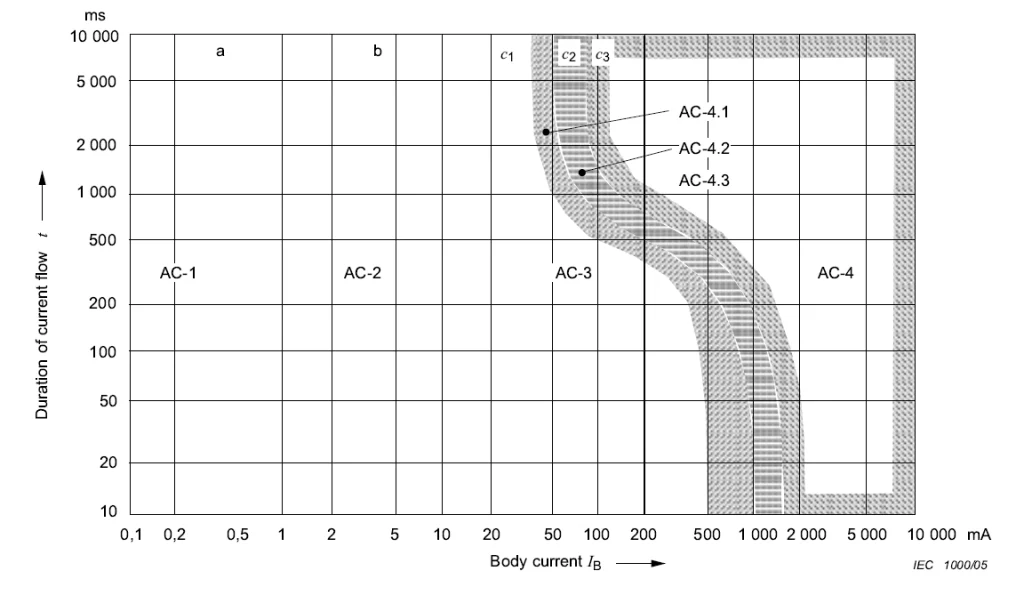Definition of Terms
The Philippine Electrical Code has provided the definitions.
- Dwelling Unit
- A single unit, providing complete and independent living facilities for one or more persons, including permanent provisions for living, sleeping, cooking, and sanitation.
- Ground-Fault Circuit Interrupter (GFCI)
- A device intended for the protection of personnel that functions to de-energize a circuit or portion thereof within an established period of time when a current to ground exceeds the values established for a Class A device.
- Fine Print Note: Class A ground-fault circuit interrupters trip when the current to ground is 6 mA or higher and do not trip when the current to ground is less than 4 mA. For further information, see UL 943, Standard for Ground-Fault Circuit Interrupters.
Ground-fault Protection for Personnel
In the Philippine Electrical Code 2017 Edition, Article 2.10.8 Ground-Fault Circuit-Interrupter Protection for Personnel, the requirements for ground-fault protection for personnel has been set out.
Ground-fault circuit-interrupter protection for personnel shall be provided as required in 2.10.8(A) through (E). The ground-fault circuit interrupter shall be installed integrated with the receptacle (GFCI receptacle).
In lieu of the GFCI receptacle(s), a branch circuit supplying 15- and 20- ampere receptacles shall be permitted to be protected by ground-fault circuit breaker.
Ground-Fault Circuit-Interrupter vs Ground-Fault Circuit Breaker
A ground-fault circuit interrupter (GFCI) has a typical earth leakage sensitivity of 4 - 6 mA. GFCI breaks the circuit when there is a current leakage to the ground. GFCI is used in wet locations or where electricity is used near water such as kitchen, bathroom, outdoor, garden & pools, etc. Using such outlets helps in prevention from getting electrical shocks that could end up fatal.
On the other hand, a ground-fault circuit breaker has a minimum earth leakage sensitivity of 15mA. That is 3 times more than a GFCI. That means that using a GFCI is much safer than using a ground-fault circuit breaker. However, a GFCI receptacle is more expensive than a ground-fault circuit breaker. A GFCI also protects a single receptacle while a ground-fault circuit breaker can protect several outlets.
Effects of Electric Current to Humans
Shock duration below 0.1s, fibrillation may occur for current magnitudes above 500mA, and is likely to occur for current magnitudes in the order of several amperes, only if the shock falls within the vulnerable period. For shocks of such intensities and durations longer than one cardiac cycle reversible cardiac arrest may be caused. Below table show the effects of electric current to the human body depending to the time of exposure.
Which Protection to Use?
Though GFCI is a fast-acting device, that provides better ground-fault protection to people, the cost of investment is much higher than a ground-fault circuit breaker. In addition, the latter can protect several receptacles further reducing the cost per unit of protected receptacles and providing protection within the human sensitivity to electric shock.
Whichever you want to use in your design, as long as you provide a ground-fault protection, then you are compliant to the PEC.



